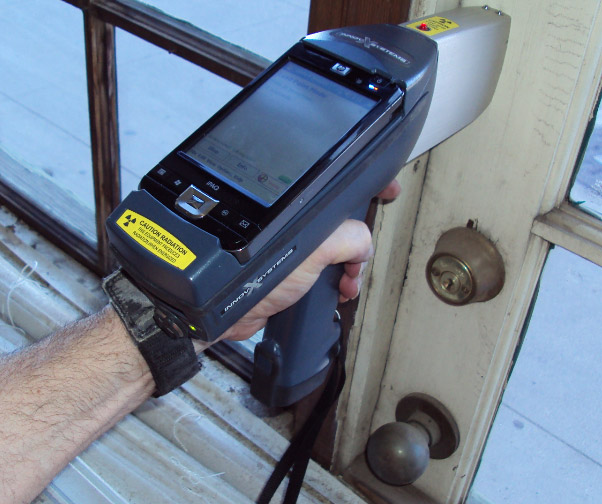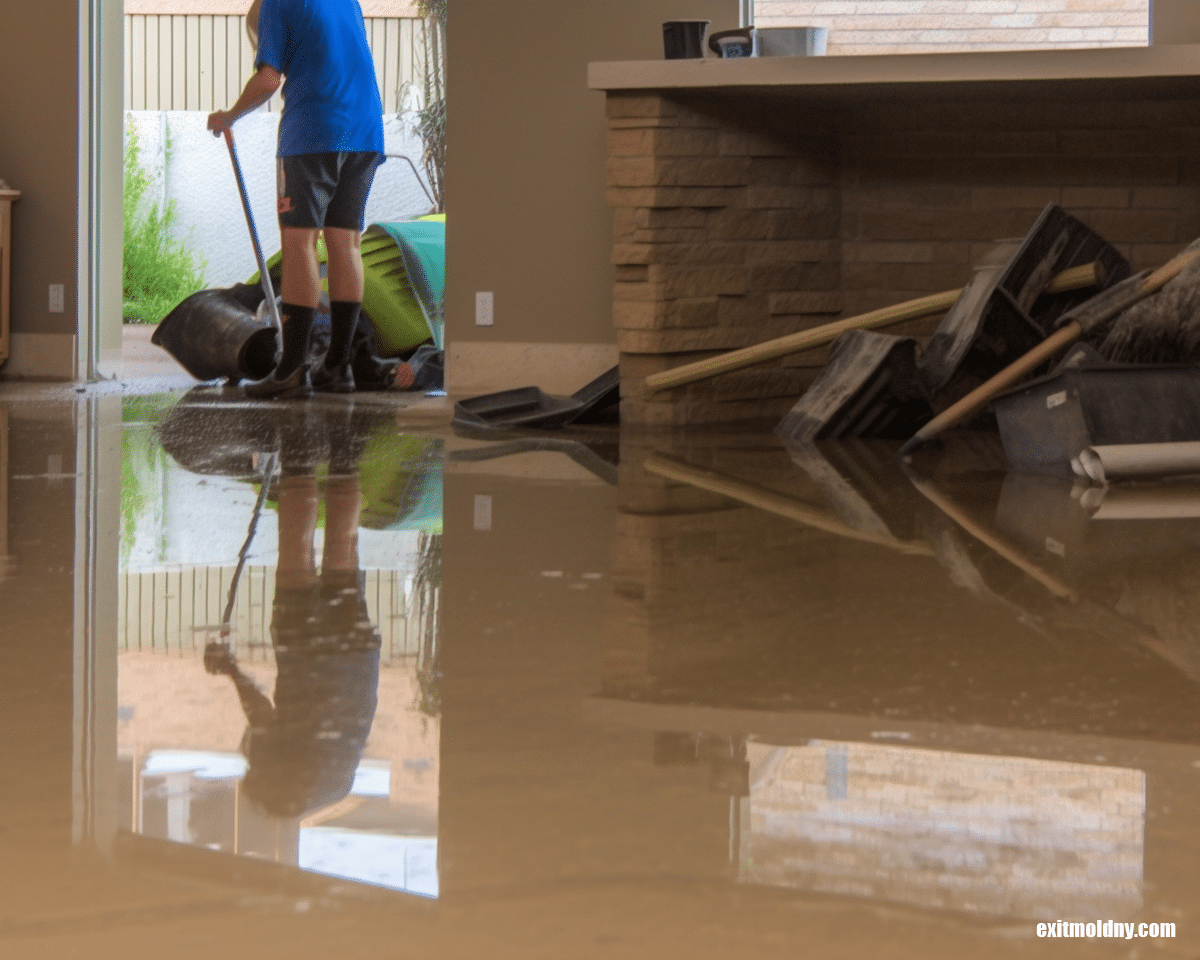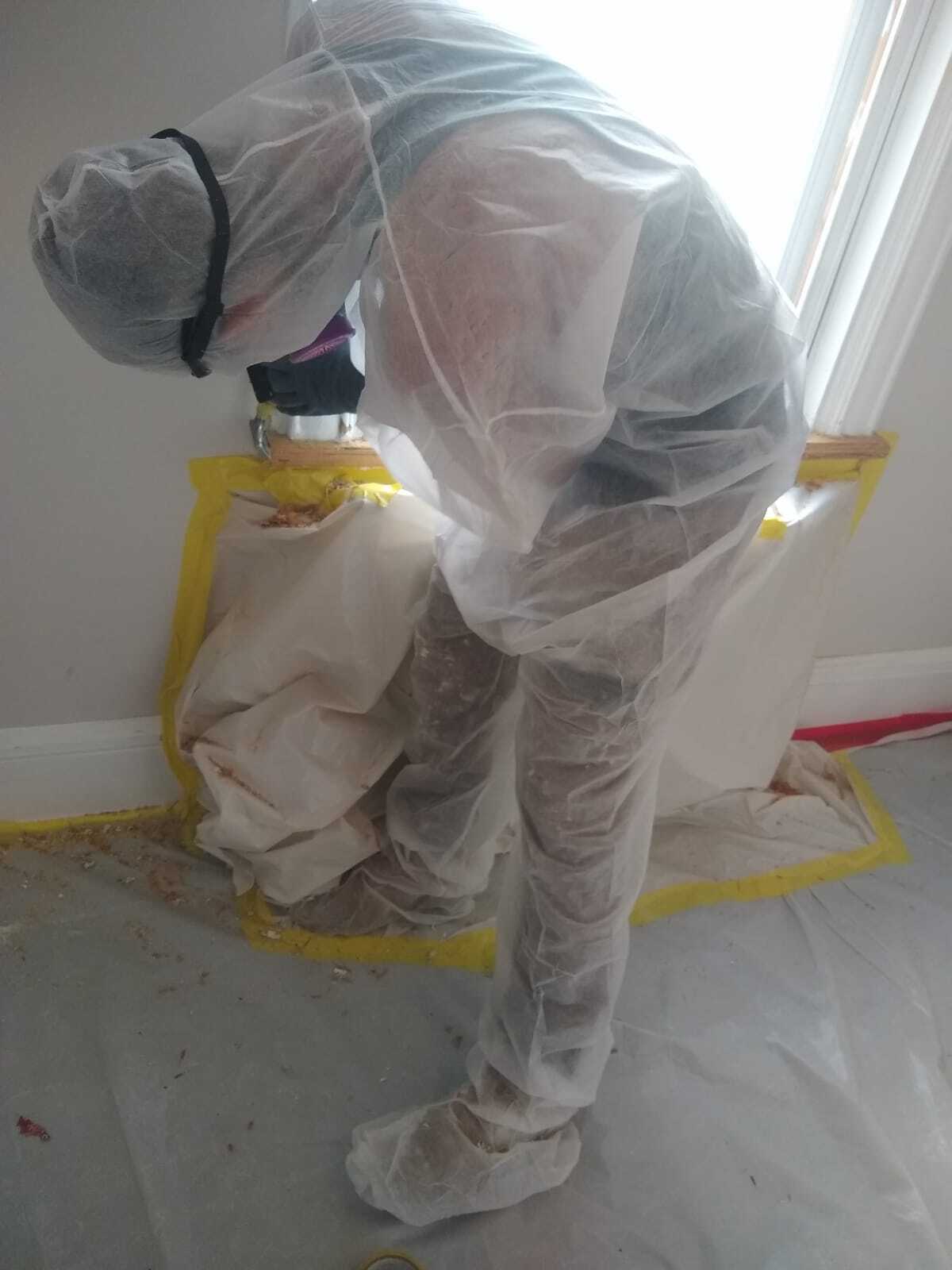Ideal Practices for Making Sure Safe and Complete Lead Infraction Reduction
Attending to lead violation reduction calls for a multi-faceted technique to ensure both security and conformity. Initial evaluations making use of sophisticated discovery approaches such as XRF analyzers set the phase for a precise understanding of contamination levels. Including proper control strategies, including closed obstacles and HEPA purification, coupled with making use of individual safety equipment (PPE) for employees, creates the backbone of a protected procedure. Thorough cleanup procedures, including HEPA vacuuming and wet-wiping, are critical. Yet, it's the final clearance process, including extensive evaluations and research laboratory testing, that truly confirms a lead-free setting, ensuring long-lasting safety and security. How do these methods interconnect to guarantee extensive lead abatement?

Preliminary Assessment
Performing a preliminary assessment is a critical primary step in lead infraction abatement. This stage encompasses a detailed analysis of the property to recognize the presence, level, and certain locations of lead-based hazards. Certified professionals, such as qualified lead inspectors or take the chance of assessors, ought to perform a detailed site assessment, utilizing devices like X-ray fluorescence (XRF) analyzers to precisely spot and gauge lead concentrations in paint, dirt, soil, and water.
The assessment has to likewise consist of a review of the structure's background, previous records, and any type of issues or health and wellness concerns reported by residents - Lead Removal Contractors. Recording the searchings for carefully is crucial, as these records develop the basis for creating an efficient reduction technique. A thorough evaluation additionally entails sampling and lab evaluation, which are critical to verify the existence of lead and guide succeeding actions
Moreover, it is vital to connect the outcomes transparently to all stakeholders, including residential property proprietors, tenants, and regulatory authorities. By guaranteeing that the preliminary analysis is performed with accuracy and roughness, professionals can lay a solid foundation for a targeted and efficient lead abatement process, ultimately protecting public wellness and ensuring compliance with regulatory standards.
Proper Containment
Appropriate containment is crucial to protect against the spread of lead contaminants during reduction tasks. Effectively taking care of control lessens the threat of lead dust and particles moving to non-work locations, thereby securing both the atmosphere and individuals outside the instant job zone.

Normal examinations of the containment area are required to check for violations or weak points in the barrier. Any kind of determined issues must be promptly addressed to maintain the integrity of the containment. By sticking to these methods, reduction projects can effectively regulate lead contamination and reduce involved health and wellness dangers.
Employee Defense
Ensuring worker security is extremely important throughout lead abatement projects to avoid job-related direct exposure to dangerous lead particles. Vital procedures include using individual safety devices (PPE) such as respirators, handwear covers, and full-body fits specifically created to obstruct lead dirt and fumes. Workers need to undergo comprehensive training on the right use and upkeep of PPE, consisting of fit testing for respirators to make certain maximum effectiveness.
Design controls, such as neighborhood exhaust air flow systems, are vital in reducing air-borne lead focus in the work atmosphere. Administrative controls should additionally be applied, consisting of restricting the duration of direct exposure and turning employees to decrease specific exposure times. Normal clinical surveillance and biological more information monitoring are essential for early detection of lead absorption, making it possible for prompt intervention and therapy.
Additionally, establishing a decontamination method is essential. Employees should comply with rigid decontamination procedures prior to breaks and at the end of their change to avoid lead dust from being brought outside the workspace. This includes extensive hand and face washing with lead-specific cleaner and changing out of polluted garments.
Thorough Cleaning
Maintaining a secure job atmosphere expands beyond worker protection and includes thorough cleaning to make certain lead bits are thoroughly eliminated from the website. The procedure of thorough cleanup is critical in avoiding the recontamination of the mellowed out area and safeguarding both present and future residents.
To achieve an extensive cleaning, all work areas need to be methodically sanitized. This involves making use of specialized HEPA (High-Efficiency Particulate Air) hoover and wet-wiping strategies to record and eliminate great lead dust that might have decided on surfaces. It is critical to cleanse all horizontal surfaces, consisting of floors, home window sills, and kitchen counters, in addition to upright surface areas that might have trapped lead bits.
Employees need to wear ideal individual safety equipment (PPE) throughout cleanup to prevent exposure to residual lead dust. Made use of cleaning materials such as wipes, sponges, and mop heads ought to be disposed of in accordance with hazardous waste disposal policies.

Last Clearance
Final clearance is the essential ending stage of lead abatement that establishes whether the site is secure for reoccupation. This this essential step entails comprehensive inspection and testing to verify that all lead dangers have been efficiently gotten rid of.

Last clearance testing not just secures future passengers yet likewise makes sure compliance with regional, state, and government laws. It serves as a recorded validation of the reduction professional's adherence to industry ideal practices. Making sure an extensive and successful last clearance is vital in securing public health and cultivating rely on the reduction procedure.
Verdict
Ensuring secure check that and comprehensive lead infraction reduction necessitates a multifaceted technique incorporating preliminary evaluations with innovative discovery approaches, reliable containment strategies, stringent worker defense methods, and careful clean-up procedures. The final clearance stage, including in-depth examinations and research laboratory screening, is crucial to validate conformity with EPA criteria. Adherence to these finest methods guarantees a secure setting for owners, alleviates health and wellness dangers, and promotes regulatory needs, thus promoting public health and security in lead-affected areas.